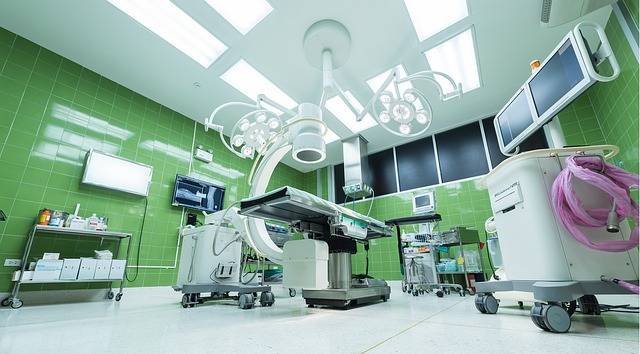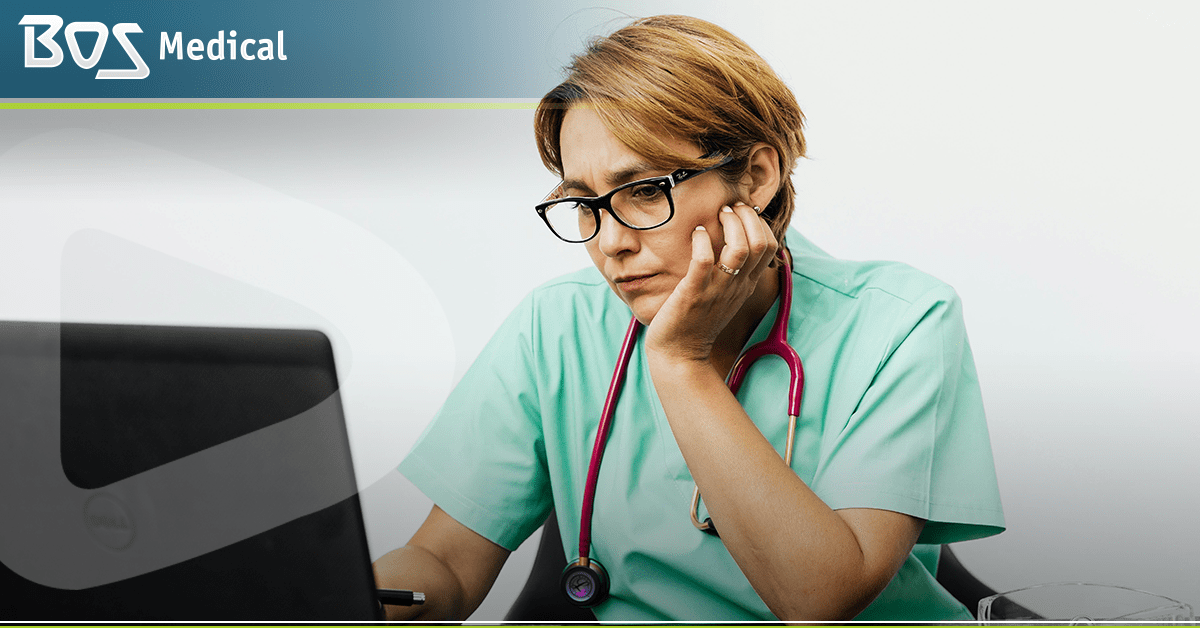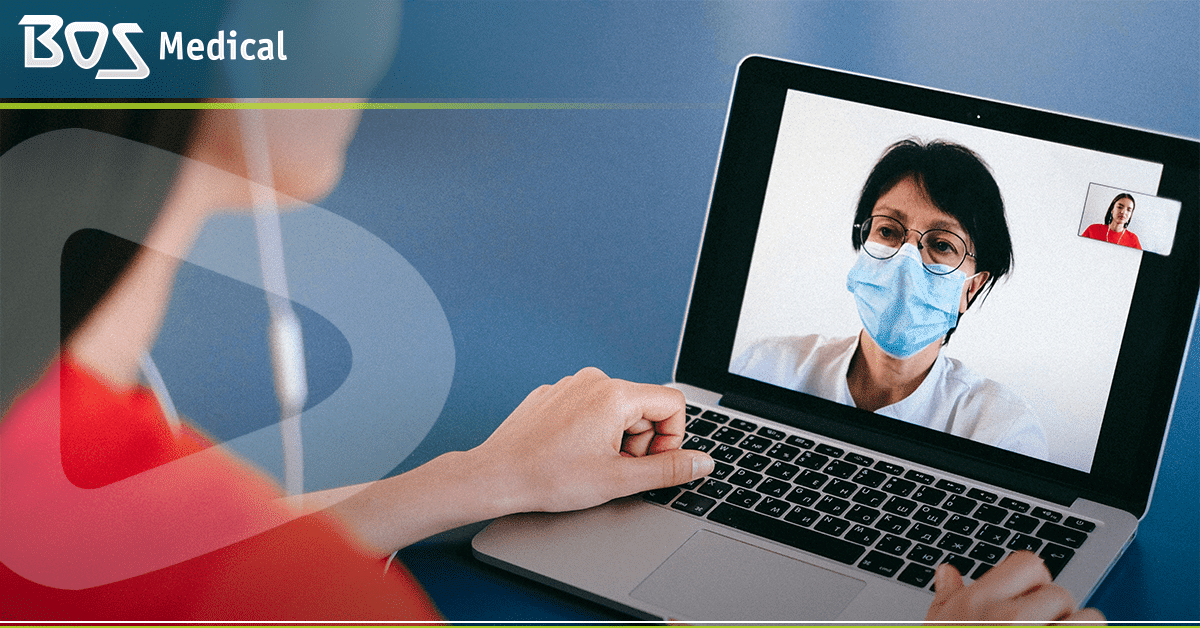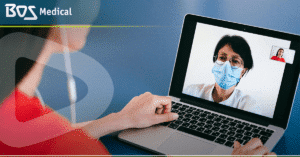The health care industry is a fluid and somewhat malleable organization. For the good of the consumer, those in need of care, as well as the individuals who provide that care, trends come along which help form the industry, as a whole. Each of the 7 trends that shaped the health industry in 2016 are sure to follow us into the new year in some way, shape or form, for good and bad.
Drug Prices
There’s no argument that one of the biggest events to drive consumers and caregivers alike to distraction was the “Epi-Pen scandal of 2016”. Eli-Pens being just one example, Big Pharma saw an opportunity to raise drug prices through the roof. Many patients had to make the choice between life-saving drugs and basic necessities like food, shelter, etc.
As we move toward the end of 2016, the current trends point to rising costs of medication, with no relief in sight. Most certainly in the coming year, consumers and their caregivers will be calling on the new administration to find a way to halt the price-gouging as they come up with more creative ways to obtain necessary medication for themselves and their families.
Merger Mania
More and more companies with a healthcare focus are merging in an effort to offer a broader range of services to more people. This creates a somewhat double-edged sword environment for consumers and providers. In the case of insurance company merger trends, the bigger fish, as it were, is only going to get bigger.
This gives that fish the option of increasing premiums and co-pays to barely affordable, or allows them to maintain semi-affordable premiums and copays, while having the power to negotiate the cost of hospitalization and care. It’s hoped that regulatory commissions will keep these mega-insurers somewhat in check.
One of the benefits from merger mania trends is the coming together of tech-driven pharmaceutical companies. For example, one company that provides software to manage respiratory illnesses has recently merged with a company that monitors patients remotely, with the software to also manage medication and alert to changes in conditions. This is a wonderful benefit for those who are sidelined and homebound for any length of time.
Health Apps
Health apps are a tremendous advantage to the health industry. Fitness trackers that record sleep patterns and activity levels are a tremendous benefit providers to help assess patient lifestyle. But, beyond the step-counting and hours of sleep, the ability for individuals with chronic conditions to regularly record BP numbers, heart rate, EKG, glucose and even pacemakers is a technological advantage. Look for much more in the way of health apps in 2017.
Cybersecurity
As technology and medicine integrate, the concern for cybersecurity is a valid one. No longer is it simply a matter of personal information such as social security numbers and so forth being boosted from hacked medical records. Now the concern is with the hacking of medical devices.
Insulin pumps, medication regulators and so forth can now be violated by hackers. Without intense cybersecurity in place patients can be put at risk. Medical technology is ahead of the game as cyber attacks threaten, and will only prove stronger in the coming year.
Behavioral Health Trends
2016 saw the dismantling of negative stigmas surrounding behavioral health. Movements to put emotional and mental health to the forefront, as the result of some devastating circumstances, have proved successful and 2017 will surely see the continued advancement of behavioral health concerns among both the medical community and the public.
Non-Traditional Venues
One of the most beneficial by-products of the value-based care trend of the last few years would be non-traditional health care venues. There are more micro-hospitals providing urgent care and tending to the acute care needs of rural communities. In addition, more and more large hospital corporations are taking over community hospitals in an effort to make available a wider range of care services to those in remote areas.
New Ways to Pay
Medical savings accounts are not new, but new ways in managing them-and regular medical co-pays, is starting to gain in popularity. Payment plans are now more widely accepted. Companies are coming up with innovative ways to manage your healthcare savings based on current earnings and predictable needs, much like retirement savings. In the current healthcare environment it makes sense to advance these types of proactive arrangements.
Today’s Trends Help Shape Tomorrow
It’s been said that in order to know where we’re going, we must know where we’ve been. This is axiom certainly applies well to the healthcare industry. The path behind us is littered with examples of our folly and tributes to our success. In the year ahead may we curb the trends that are of no help to patients and providers, and expand those that prove to serve the healthcare community in the best possible way.







